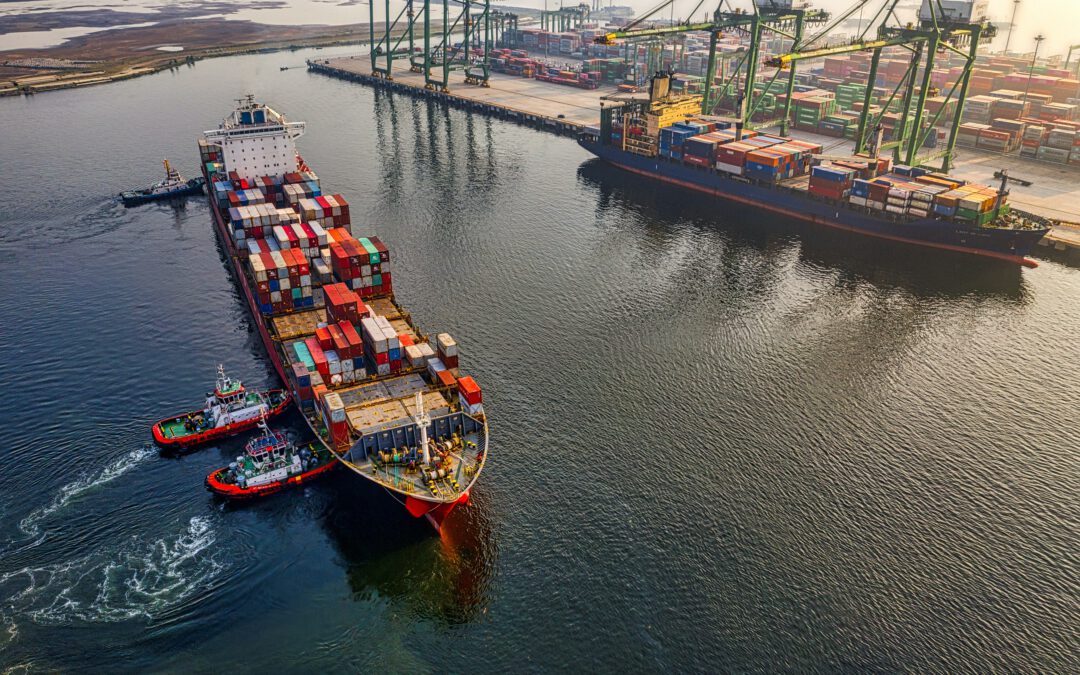The transport of liquid products abroad requires an entire organisation. Arranging transport via intermodal tank transport is a task that is reserved for experienced planners. What do you have to consider when you want to transport a large quantity of products across the border?
In this blog we will discuss the importance of intermodal tank transport and how it contributes to the effective transport of liquid foodstuffs. But first of all, what is this form of transport?
What is intermodal tank transport
In short, intermodal tank transport consists of various means of transport that bridge the distance between the point of departure and the point of arrival. Especially when you have to travel a very long distance and have to transport long-life products, an efficient and fast transport is essential. The transport is therefore divided into several parts involving various means of transport. In the first place, the major part of the crossing is done by a cargo ship or train that carries the products. But before the goods are put on the train or ship, they must first be transported efficiently to the station or port. And upon arrival at the final station, they must be transferred again to another means of transport that will take care of the last part. Transferring the goods to various means of transport is part of intermodal tank transport.
The products transported to the various European destinations
If you are a producer of a liquid foodstuff and you want other European countries to become familiar with your product, it is important that the product is transported safely and efficiently across the border. You can think of the following products:
- vegetable oils
- sunflower oil
- olive oil
- linseed oil
- glycerine
- fruit juices
- milk
- wine
These products are distributed throughout Europe. From the United Kingdom to the southernmost tip of Spain and from Scotland to Italy. No distance is too far as long as the intermodal tank transport is well organized.
How is intermodal tank transport organised?
This is done by experienced planners who know how the transport should be organised. First of all, the quickest and most efficient routes along which the liquid products will continue their journey must be mapped out. From the production hall where the products were created, the route is determined to the next stop where the intermodal tank transport is transferred to the next means of transport. The planner is aware of every stop that is made and he knows exactly where the products are on the route. This requires good communication with local carriers. So a good command of languages is certainly no luxury.
Intermodal tank transport is not just about the route that is mapped out and the drivers who are behind the wheel. There will also be the occasional breakdown or car trouble during transport. At times like these, remote communication in another language must also be effective.
Meticulous organisation of intermodal tank transport
The intermodal tank transport of liquid products that sometimes has to cross the entire European continent requires meticulous organisation. The planner is aware of the transport from start to finish and is ultimately responsible for the smooth arrival of the goods. Quite a responsibility, but one with an effective result.


Recent Comments